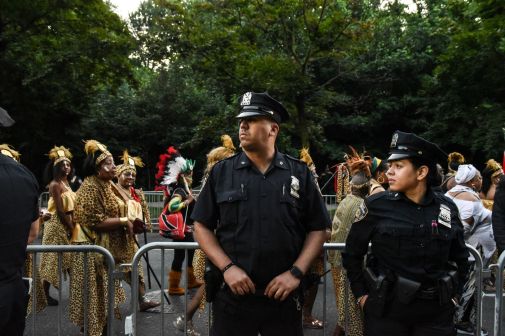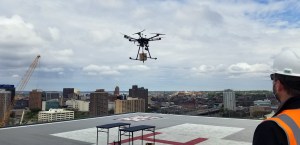FAA lays down the law on drone regulations

The Federal Aviation Administration is the lone policing authority of drones in the sky, the agency recently announced, though state and local authorities still have some leeway to determine take-off and landing areas.
The agency released a statement last week to clarify who controls what, and nearly always, the FAA implied, it’s the federal government.
“State and local governments are not permitted to regulate any type of aircraft operations, such as flight paths or altitudes, or the navigable airspace,” the FAA said in the statement .
Congress has vested the power to regulate aviation safety, navigable airspace, and air traffic control to the FAA, the statement said . As such, cities and municipalities are not allowed to promulgate their own rules that regulate the flying of drones.
But states, cities, and local governments can regulate aircraft landing sites, the FAA said, based on laws that are reserved to states and localities. The decision reaffirms the conclusion of a 2016 report from the National League of Cities.
The announcement comes as all levels of government are still mulling how to regulate, integrate, and police the widely proliferating emerging technology. The FAA has shown flexibility with its rules and regulations in recent years — waivers and permits required for drone operation have become easier to obtain and are now required for fewer applications than in years past.
The FAA’s statement added that the Department of Transportation’s Unmanned Aircraft Systems Pilot Program, which is currently underway, will provide “the FAA with insight on how to best involve local jurisdictions in the integration of UAS into the airspace.”
In early May, Secretary of Transportation Elaine Chao announced that 10 state, local, and tribal governments had been selected as participants for the pilot program. The program is meant to foster safe UAS integration, with the goals of balancing local and national interests, improving communications between the different levels of government, and addressing security and privacy concerns.
The participants in the pilot program are working with partners in the private sector to test out various operations, such as night flights, flying over people, navigating aircraft beyond the line of sight, delivering packages, and more.
Drones already have a wide range of commercial applications, and the field is predicted by analysts to expand widely in the future. In 2016, investment banking firm Goldman Sachs predicted the drone market would grow to $100 billion by 2020.





